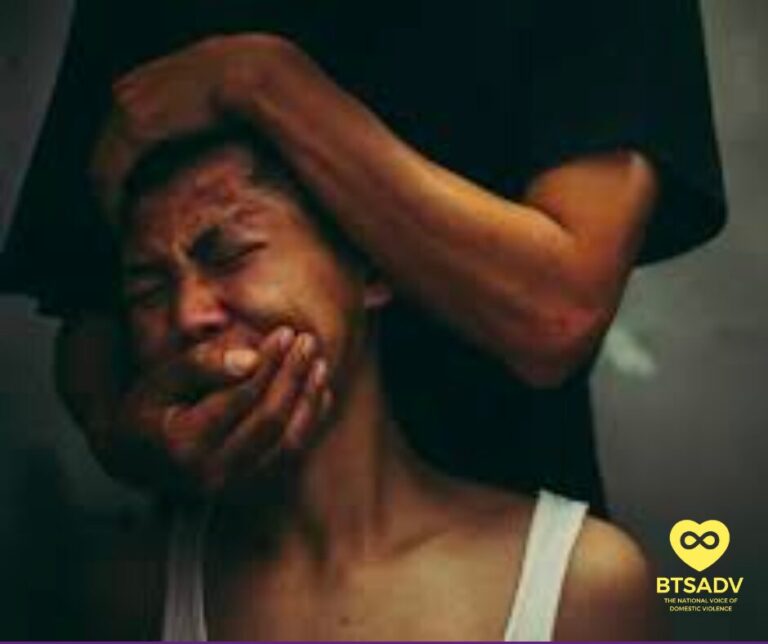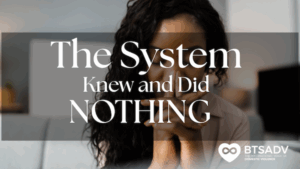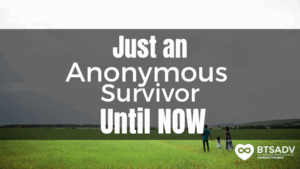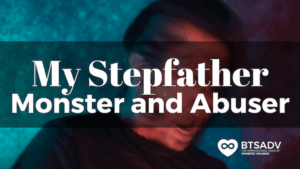By Sammie Rose
Intimate partner violence (IPV) is a complex and often misunderstood issue that impacts countless lives. As a survivor, I feel compelled to shed light on the risk factors that are frequently overlooked in discussions surrounding domestic violence. While academic texts may touch on these topics, they often fail to capture the full scope of the experiences that survivors endure. My goal here is to educate others about the various risk factors that contribute to IPV, particularly those that stem from personal experiences and societal influences.
The Role of Narcissism in IPV
One significant risk factor is having a narcissistic partner. It’s important to clarify that not everyone with narcissistic traits is abusive, nor is every abuser a narcissist. However, there is a correlation between narcissistic personality disorder (NPD) and abusive behavior. Individuals with NPD often seek to exert power and control over their partners, and their actions can mirror common abusive behaviors.
Narcissistic abuse can manifest in several ways, including emotional, psychological, and physical harm. Traits such as gaslighting, constant criticism, humiliation, and coercion are prevalent in relationships characterized by NPD. My own experiences with a partner who displayed these traits illuminated the devastating impact of narcissism on IPV, leading to various forms of abuse, including physical, emotional, sexual coercion, financial manipulation, and psychological harm.
Cultural Influences on Victimization
Cultural factors also play a significant role in IPV, and this aspect deserves more attention. In my Cambodian culture, traditional gender roles often dictate that men are superior to women. Historically, abuse within the home was socially accepted, although thankfully, this mindset is gradually changing.
Discussing abuse openly is considered taboo in many cultures, including mine, as it can bring shame to the family. The pressure to “save face” can lead individuals to endure abuse rather than seek help or leave their abuser. My cultural beliefs profoundly shaped how I navigated my experiences, and even when I wanted to leave my partner, the expectations and values ingrained in me made it difficult to break free from the cycle of abuse.
The Intersection of Substance Use and Mental Health
Lastly, the combination of substance use and mental health disorders can create an environment where IPV thrives. I struggled with substance use, particularly alcohol, as a way to cope with past trauma and abuse. This coping mechanism, coupled with my experiences of childhood abuse, created a toxic cycle that led me to seek out relationships that mirrored the dysfunction I had endured.
Furthermore, living with bipolar disorder compounded these challenges. The interplay of substance use, mental health issues, and previous trauma can make individuals more vulnerable to abuse and less likely to escape harmful situations. The layers of these risk factors highlight the complexities surrounding IPV and underscore the need for comprehensive support and understanding.
Conclusion: A Call for Awareness and Understanding
The risk factors associated with intimate partner violence are multifaceted and deeply intertwined. By discussing these issues, I hope to foster a greater understanding of IPV and encourage a dialogue that goes beyond surface-level discussions. It is crucial to recognize the diverse influences that contribute to abuse, as well as the importance of providing support for survivors.
If you or someone you know is experiencing intimate partner violence, know that there is help available. Organizations like BTSADV (Break the Silence Against Domestic Violence) offer resources and support for those affected by abuse. Together, we can work toward breaking the silence and creating a safer future for everyone. #BTSADV #BreakTheSilenceAgainstDomesticViolence



